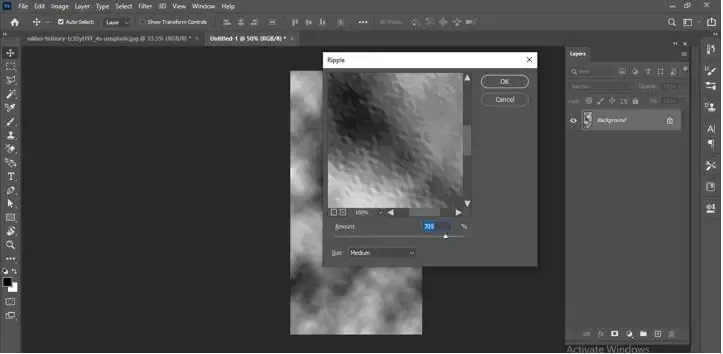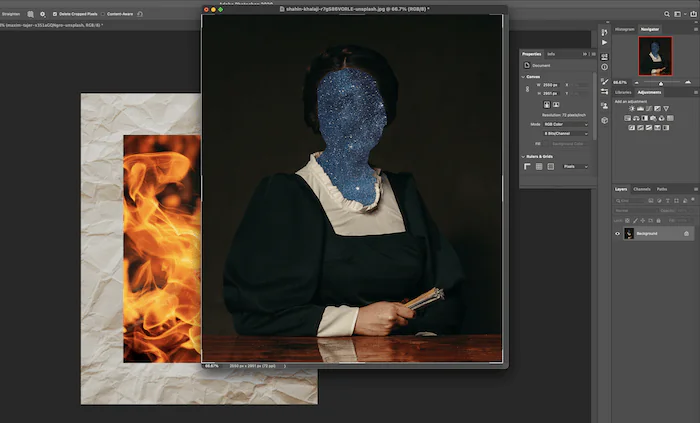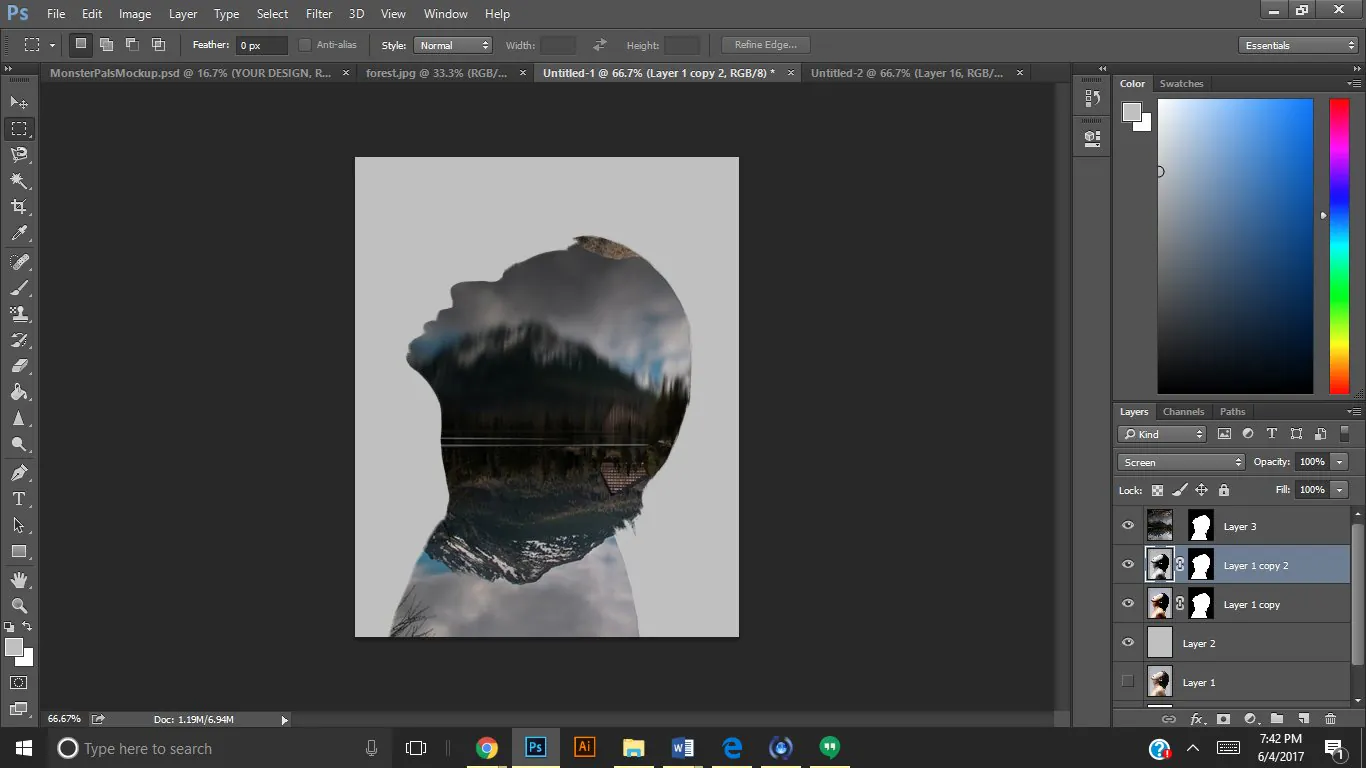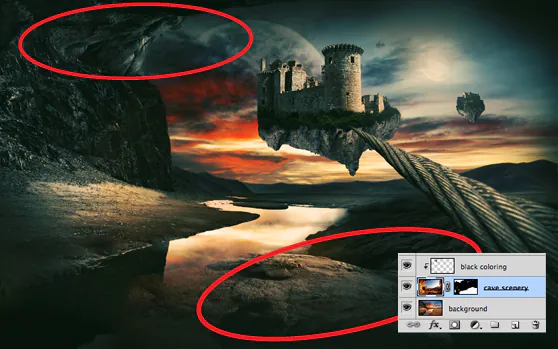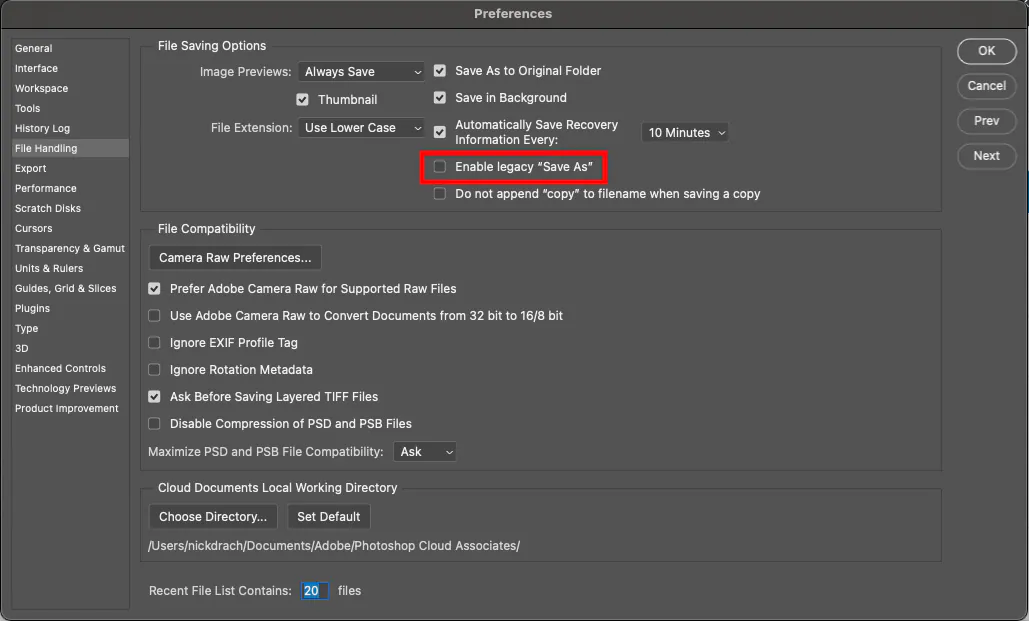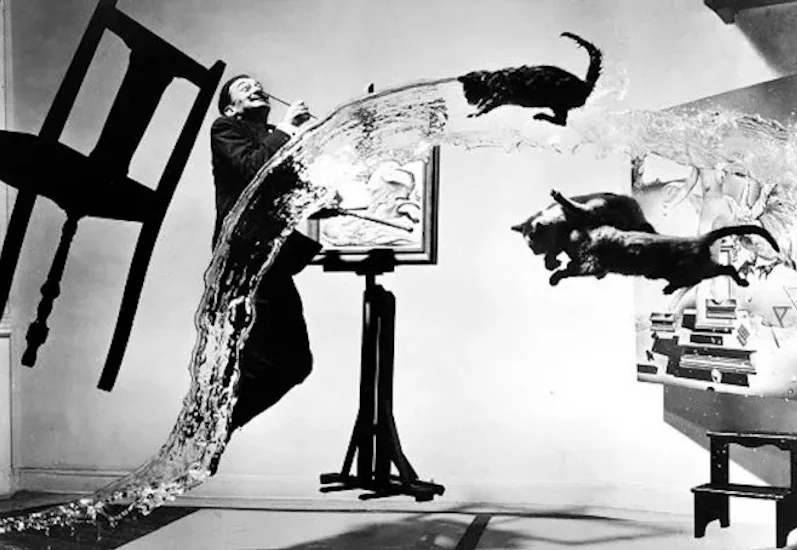
How To Use Dadaist Art In An Image
Dadaism art features bizarre and absurd elements that inspire various other art forms, including digital illustration and images. Adopting the approach of randomness and spontaneity, Dadaism challenges the conventional notion of elegance and refinement. For image manipulation, this art approach includes using convulsive strategies like glitch art, pixel sorting, and noise effects that unsettle traditional appearances to produce shocking and provocative visuals. Integrating sudden and chaotic components of dadaist-inspired images can induce exceptional consequences that propel the perimeters of standard image editing techniques. Dadaism art also highlights socio-political perspectives with the elements of satire and parody. Editors can use symbolic imagery or recognizable elements to critique contemporary issues or cultural norms. It also exhibits surreal attributes by allowing for creative experiments with the ambience of the image. Those image enhancement effects edified by Dadaism energy apply peculiar functions such as data bending, algorithmic manipulation, or generative art approaches that yield unplanned visual developments. This blog will illustrate the step-by-step process of using Dadaist art elements in your images.
Step 1: Choosing the Subject
Start by conceptualizing the subject or concept you need your photo to communicate. Think of ideas per Dadaism, such as absurdness, arbitrariness, or social commentary.
Select a subject that resounds to your chosen theme. It may be ordinary objects, individuals, scenes, or theoretical components. Seek for components that hold inherent visual appeal or potential for control.
Assess the spiritual affect of your picked subject. Observe how it can inspire passion, interest, or distress within the viewer. Look for subjects that provoke day-to-day recognition and welcome more profound thought.
Reckon the account potential of your subject. Consider the story or message you need your photo to communicate. Select subjects that offer possibilities for layered translation and symbolic depiction.
Reflect on the visual arrangement of your subject inside the outline. Look into distinctive points, viewpoints, and surrounding strategies to detain the subject compellingly.
After these particulars, you can prefer a subject that will be a solid establishment for your Dadaist-inspired photo, setting the stage for more experimentation and inventiveness.
Step 2: Trying Unusual Ideas
Grasp unusual composition procedures that oppose conventional rules. Discover asymmetry, off-center framing, and exceptional perspectives to build visual strain and interest.
Play with juxtaposing polar components inside the frame. Add unalike subjects, surfaces, and shapes to make startling visual connections that confront the viewer’s recognition.
Investigate the utilization of negative space to raise visual effect. Test with adapting segments inside the frame to form energetic pieces that draw the viewer’s eye and bring out a sense of ease or pressure.
Join depth and layers into your artwork to include dimensionality and visual delight. Play with the closer, centered, and backdrop features to establish depth and complexity inside the framing.
Experiment with energetic framing procedures such as tilting, cropping, or framing through objects to form a sense of fluctuation and vitality. Test with framing options to direct the viewer’s eyes and make visual dramatization.
Step 3: Introducing Distortive Effects
Utilize noising tools of your software to present distortion and manipulation to your photo. Go for features like liquify, warp, and perspective correction to modify the structure and frame of your picture.
Come upon mixed filters and effects to form dreamlike and otherworldly environments. Consider using distortion channels, like wave or ripple effects, to present natural distortions in your picture. Apply aesthetic filters to include surface, grain, or noise for included depth and character.
Take into consideration utilizing analogue techniques such as physical manipulation of the photo. That includes techniques like scratching, tearing, or crumpling the printed image to make material surfaces and visual disturbances
.
Attempt to use layering and blending strategies to overlay different photos or details inside your photo. Applying Blend modes, opacity alterations, and layer masks can consistently coordinate different parts and make charming visual juxtapositions.
Empower experimentation and suddenness in your strategy to create distortion and manipulation. Let yourself play with offbeat strategies and cheerful mischances to find startling visual developments that challenge customary discernments of realism.
Step 4: Introducing Collage Features
Assemble myriad visual components like pictures, textures, and designs, and gather objects to consolidate into your collage. Opt for materials that match your conceptual vision and accompany the ideas of Dadaism.
Utilize digital collage methods offered by programs such as Adobe Photoshop or GIMP. Try layering, masking, and blending features to merge collage components into your photo consistently.
You can also go for conventional hand-cut collage strategies by physically cutting and orchestrating printed pictures and materials after you print your ultimate composition. Grasp the material nature of collage-making and explore with distinctive cutting methods to form energetic compositions.
Unite digital and analog collage procedures to make crossover works of art. Try filtering analog collage components and consolidating them into advanced compositions for included profundity and texture.
Confirm that the collage components you consolidate improve the notional cohesion of your photo. Search for options to present imagery, juxtaposition, and account layers that reverberate with the notions of Dadaism.
Step 5: Utilizing Elements Of Spontaneity
Access algorithmic manipulation methods to present arbitrariness and chance into your image. Utilize scripts or algorithms to operate aspects such as color control, texture creation, or composition disparity.
Play with tools and plugins that produce arbitrary chunks inside your photo. You can head to spontaneous brush strokes, noise designs, double exposure, or geometric forms that include an atmosphere of unusualness to your composition.
Grasp chance operations motivated by Dadaist standards. Haphazardly select components inside your photo to control or modify, permitting unconstrained choices to direct the imaginative process.
Appreciate the unforeseen results that emerge from haphazardness and chance. Be open to promising revelations and analyze how mischances or botches can lead to imaginative and mesmerizing results.
Use distinctive strategies to emphasize your inventive process by consolidating chance and arbitrariness into your shots. Hold a mood of liveliness and experimentation as you find out the possibilities of chance in your aesthetic exercises.
Step 6: Including Ironic Imageries
Select symbolic imagery that resounds with the subjects you would like to communicate in your Dadaist-inspired photo. Find out visual components that carry layers of meaning and are welcoming to interpretation.
Bind satirical components into your photo to evaluate societal standards or challenge customary thoughts. Utilize irony, spoof, and overdramatization to highlight absurdities or inconsistencies in modern culture.
Contemplate utilizing visual allegories to communicate complex thoughts or feelings in your photo. Consider how objects, signals, or settings can inspire more profound symbolic affiliations and welcome watchers to reflect on broader subjects.
Utilize advanced editing options to direct and improve characteristic and humorous segments inside your photo. Try out color grading, texture overlays, and compositing to intensify visual effects and narrative profundity.
Shape your photo in a way that energizes story exploration and translation. Organize symbolic and satirical components inside the frame to form visual intimidation, uncertainty, or satire that seals in viewers on diverse ranks.
Step 7: The Final Evaluation
Carefully consider your image’s composition, color grading, and general visual impact. Use your editing program’s intuitive options for fine-tuning and refining your picture.
Look for input from online communities to learn how your photo is appraised. Sites like Instagram, Flickr, or photography forums can be helpful openings for proper review and exchange.
Reassess your artwork with fresh eyes and a critical perspective to grasp an iterative editing approach. Test with diverse editing strategies, alterations, and varieties to polish your creative vision.
Utilize the version control highlights of your editing application to track changes and discover distinctive cycles of your photo. This way, you can compare divergences and return to past states as required.
Record your inventive exercise and reminisce on the choices and bits of knowledge picked up throughout the editing process. Keep a journal or digital log to record ideas, motivations, and lessons learned for future reference.
Conclusion:
The use of the dadaist art approach in your proportional photographs prompts strange settings which are unanticipated to both the artist and the viewers. This craft remains an unplanned and abrupt form of unpredictable visual effects until the conclusive steps of the image enhancement process. In a rush of many other beautifying art effects, which the masses adore, dadaism artworks hold their distinctive place in art and digital compositions. Creating such compositions demands a blend of creative efforts and the grasp of editing techniques for acquiring a perfect and visually pleasurable ultimate artwork.




